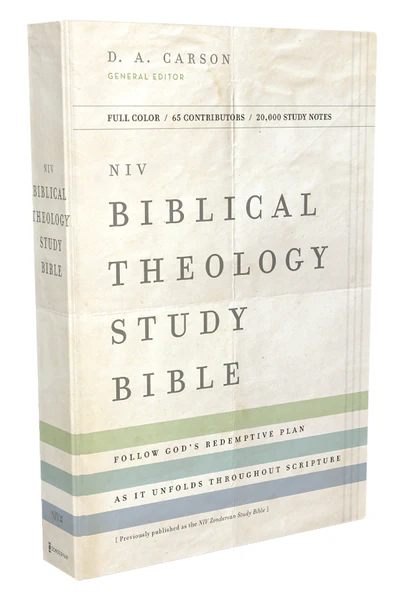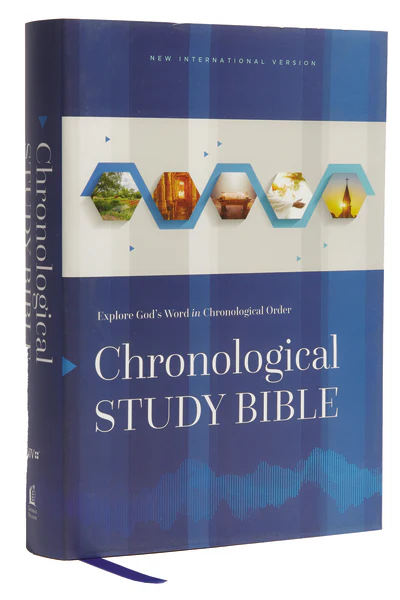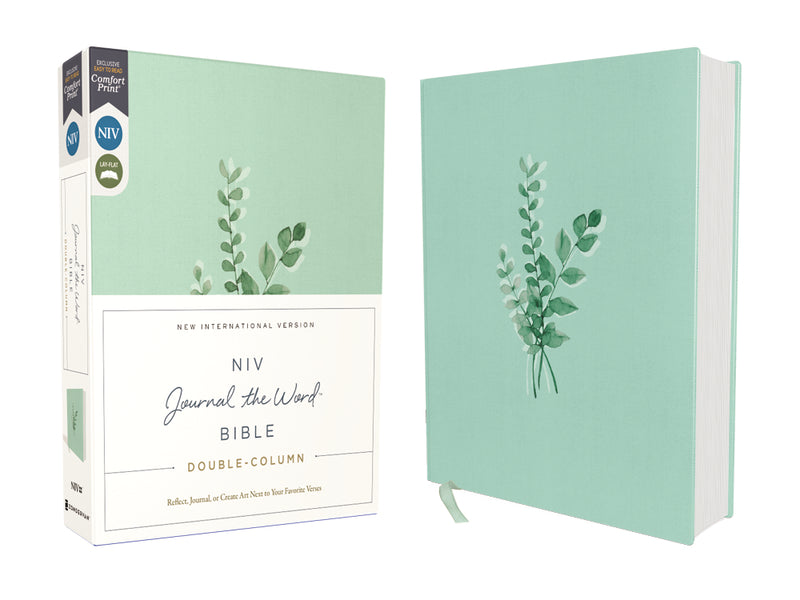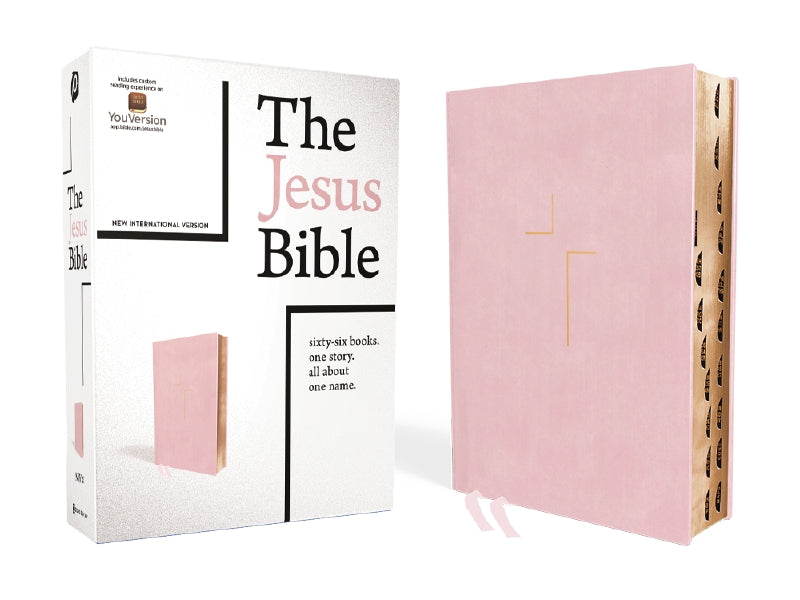1 Kings 7:8-24
New International Version
8 And the palace in which he was to live, set farther back, was similar in design. Solomon also made a palace like this hall for Pharaoh’s daughter, whom he had married.(A)
9 All these structures, from the outside to the great courtyard and from foundation to eaves, were made of blocks of high-grade stone cut to size and smoothed on their inner and outer faces. 10 The foundations were laid with large stones of good quality, some measuring ten cubits[a] and some eight.[b] 11 Above were high-grade stones, cut to size, and cedar beams. 12 The great courtyard was surrounded by a wall of three courses(B) of dressed stone and one course of trimmed cedar beams, as was the inner courtyard of the temple of the Lord with its portico.
The Temple’s Furnishings(C)(D)
13 King Solomon sent to Tyre and brought Huram,[c](E) 14 whose mother was a widow from the tribe of Naphtali and whose father was from Tyre and a skilled craftsman in bronze. Huram was filled with wisdom,(F) with understanding and with knowledge to do all kinds of bronze work. He came to King Solomon and did all(G) the work assigned to him.
15 He cast two bronze pillars,(H) each eighteen cubits high and twelve cubits in circumference.[d] 16 He also made two capitals(I) of cast bronze to set on the tops of the pillars; each capital was five cubits[e] high. 17 A network of interwoven chains adorned the capitals on top of the pillars, seven for each capital. 18 He made pomegranates in two rows[f] encircling each network to decorate the capitals on top of the pillars.[g] He did the same for each capital. 19 The capitals on top of the pillars in the portico were in the shape of lilies, four cubits[h] high. 20 On the capitals of both pillars, above the bowl-shaped part next to the network, were the two hundred pomegranates(J) in rows all around. 21 He erected the pillars at the portico of the temple. The pillar to the south he named Jakin[i] and the one to the north Boaz.[j](K) 22 The capitals on top were in the shape of lilies. And so the work on the pillars(L) was completed.
23 He made the Sea(M) of cast metal, circular in shape, measuring ten cubits from rim to rim and five cubits high. It took a line(N) of thirty cubits[k] to measure around it. 24 Below the rim, gourds encircled it—ten to a cubit. The gourds were cast in two rows in one piece with the Sea.
Footnotes
- 1 Kings 7:10 That is, about 15 feet or about 4.5 meters; also in verse 23
- 1 Kings 7:10 That is, about 12 feet or about 3.6 meters
- 1 Kings 7:13 Hebrew Hiram, a variant of Huram; also in verses 40 and 45
- 1 Kings 7:15 That is, about 27 feet high and 18 feet in circumference or about 8.1 meters high and 5.4 meters in circumference
- 1 Kings 7:16 That is, about 7 1/2 feet or about 2.3 meters; also in verse 23
- 1 Kings 7:18 Two Hebrew manuscripts and Septuagint; most Hebrew manuscripts made the pillars, and there were two rows
- 1 Kings 7:18 Many Hebrew manuscripts and Syriac; most Hebrew manuscripts pomegranates
- 1 Kings 7:19 That is, about 6 feet or about 1.8 meters; also in verse 38
- 1 Kings 7:21 Jakin probably means he establishes.
- 1 Kings 7:21 Boaz probably means in him is strength.
- 1 Kings 7:23 That is, about 45 feet or about 14 meters
Holy Bible, New International Version®, NIV® Copyright ©1973, 1978, 1984, 2011 by Biblica, Inc.® Used by permission. All rights reserved worldwide.
NIV Reverse Interlinear Bible: English to Hebrew and English to Greek. Copyright © 2019 by Zondervan.
Bible Gateway Recommends






